Exhibition
1. Unknown early works
Shiraga grew up surrounded by calligraphy and antiques, movies and plays, ukiyo-e prints, and Chinese ghost novels from a young age. Initially he studied Nihonga (Japanese-style painting), but after graduating from an art school in Kyoto, he switched to oil painting. From his earliest works, Shiraga's art conveys his quest for self-expression along conflicting axes: traditional versus modern, Japanese versus Western painting styles.

1949
oil on canvas
Amagasaki City
2. Just before Gutai
In 1952, he formed Zero Society with Kanayama Akira, Murakami Saburo, Tanaka Atsuko and others, with the aim of pursuing radical expression. Two years later, he created "foot painting,” in which he used his feet to draw on a support spread out on the floor. At the time, Shiraga valued the spiritual nourishment that he gained from overworking his body more than the works that he was leaving behind.
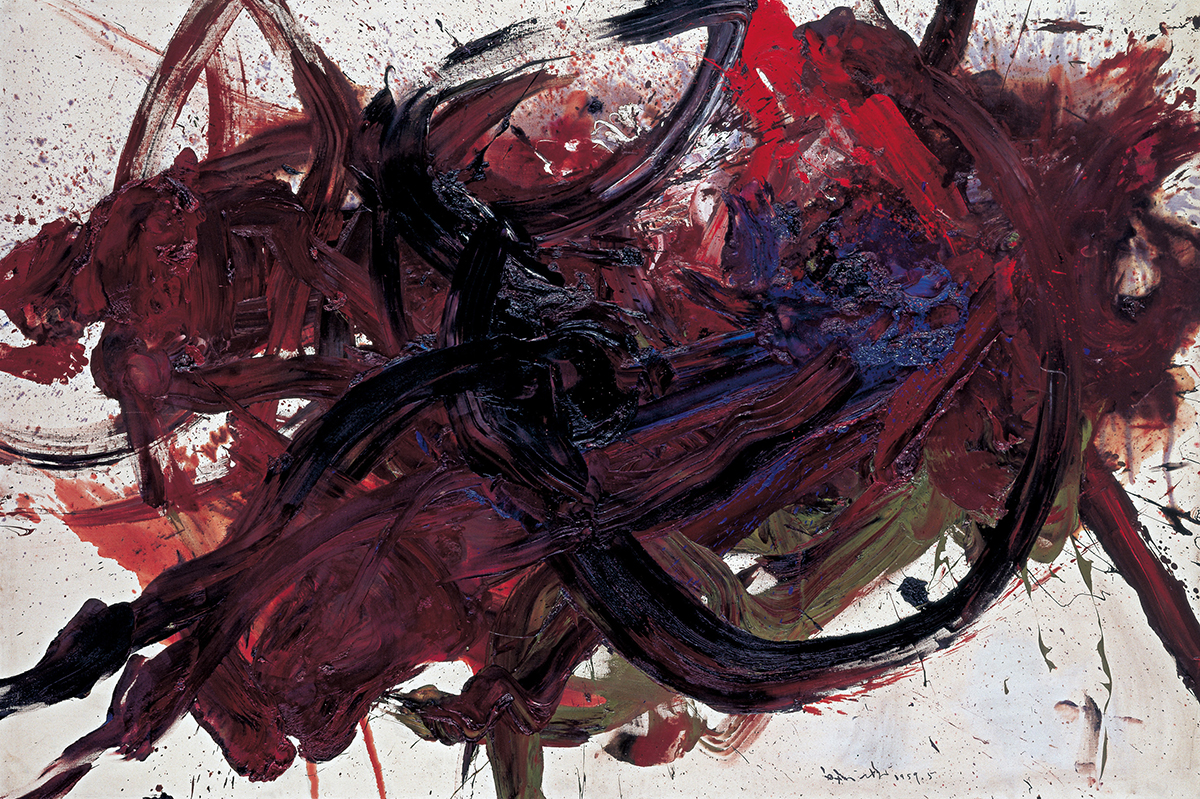
1959
oil on canvas
Toyota Municipal Museum of Art
3. Gutai participation
In 1955, Shiraga joined the Gutai Art Association, led by Yoshihara Jiro, along with fellow Zero Society members. After that, he presented a series of experimental works and performances. Today, these are highly regarded as ground-breaking installations, earthworks, and performance art pieces. This exhibition presents these works through precious videos and photographs.
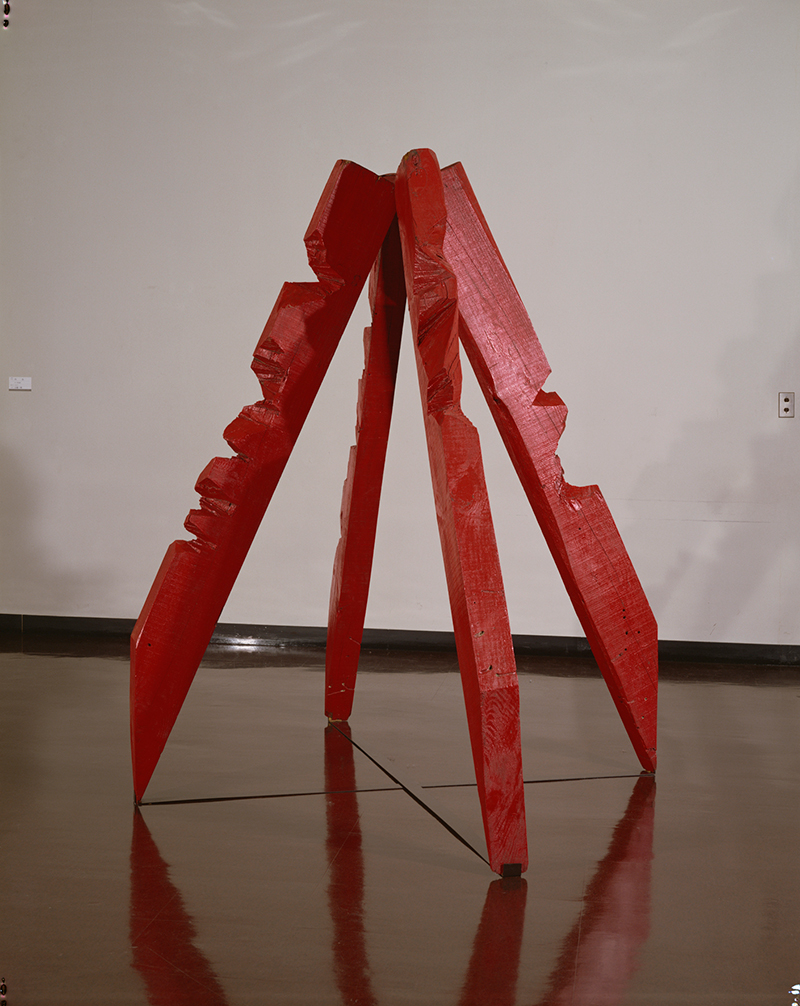
1957
painted wood
Museum of Contemporary Art Tokyo
4. Birth of the Water Margin Hero Series
As Gutai gained international renown, in order to identify the works that he was sending overseas, Shiraga began to use the nicknames of the heroes of Suikoden (Water Margin), a book he had been reading since childhood. The heroes’ nicknames were suited to the works, which were full of blood and violence.
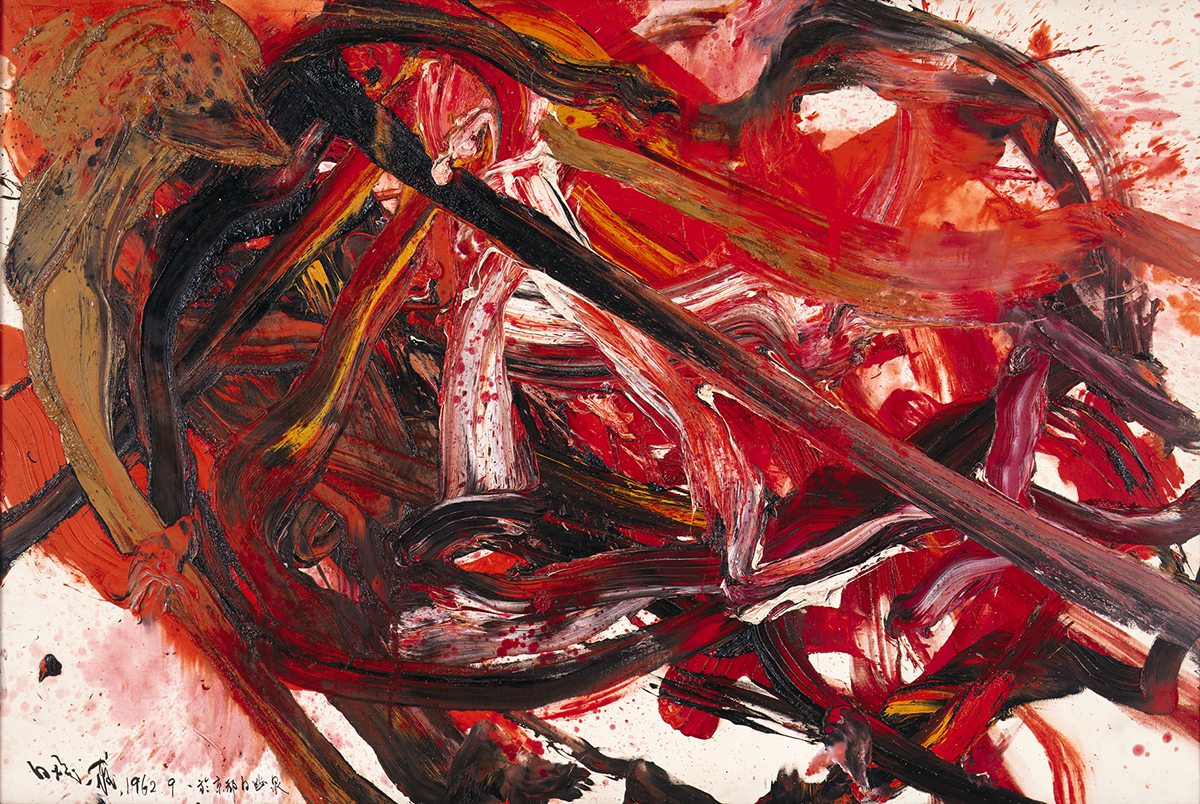
1962
oil on canvas
Hyogo Prefectural Museum of Art
5. Disbanding of Gutai (1972), encounter with esoteric Buddhism
Shiraga developed an interest in esoteric Buddhism around the 1960s, and in 1971 he became a monk of the Tendai sect at Enryaku-ji Temple on Mt. Hiei. A kind of esoteric mysteriousness and dense spirituality began to drift into his works around the time that Gutai disbanded following the death of Yoshihara Jiro, and his method of using a squeegee instead of bare feet to bring a sense of fluidity to the canvas produced excellent results.
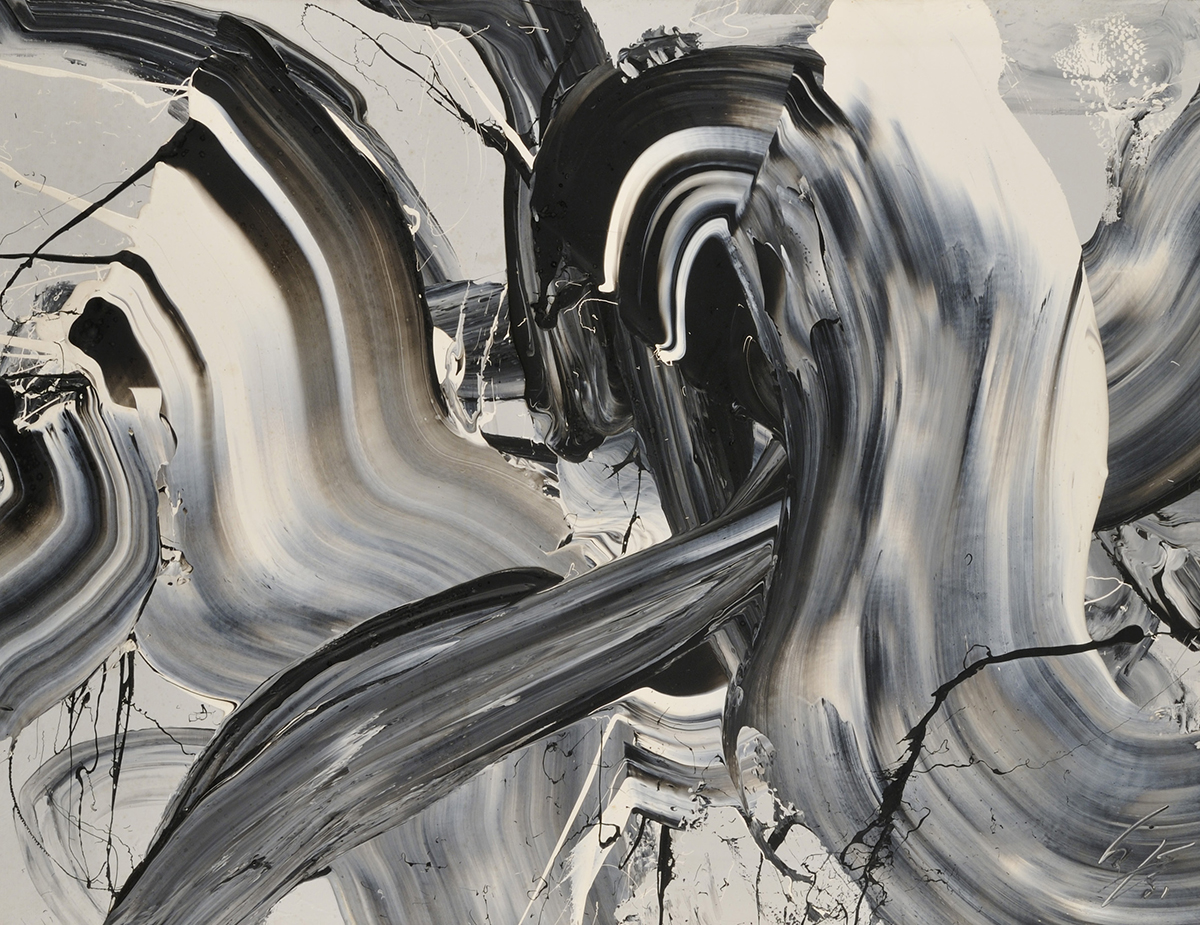
1973
oil on canvas
Tokyo Opera City Art Gallery
Photo: Hayakawa Koichi
6. Return to foot painting and later years
After undergoing intense Buddhist training at Enryaku-ji in 1974, Shiraga painted many enso (circular form often associated with Buddhism) works using a squeegee. However, his output stagnated due to the repetitiveness of circles lacking movement. Realizing this, Shiraga returned to foot painting. This was not merely a return to his roots; it gave birth to a substantial group of works that represent a condensation of the spirit.
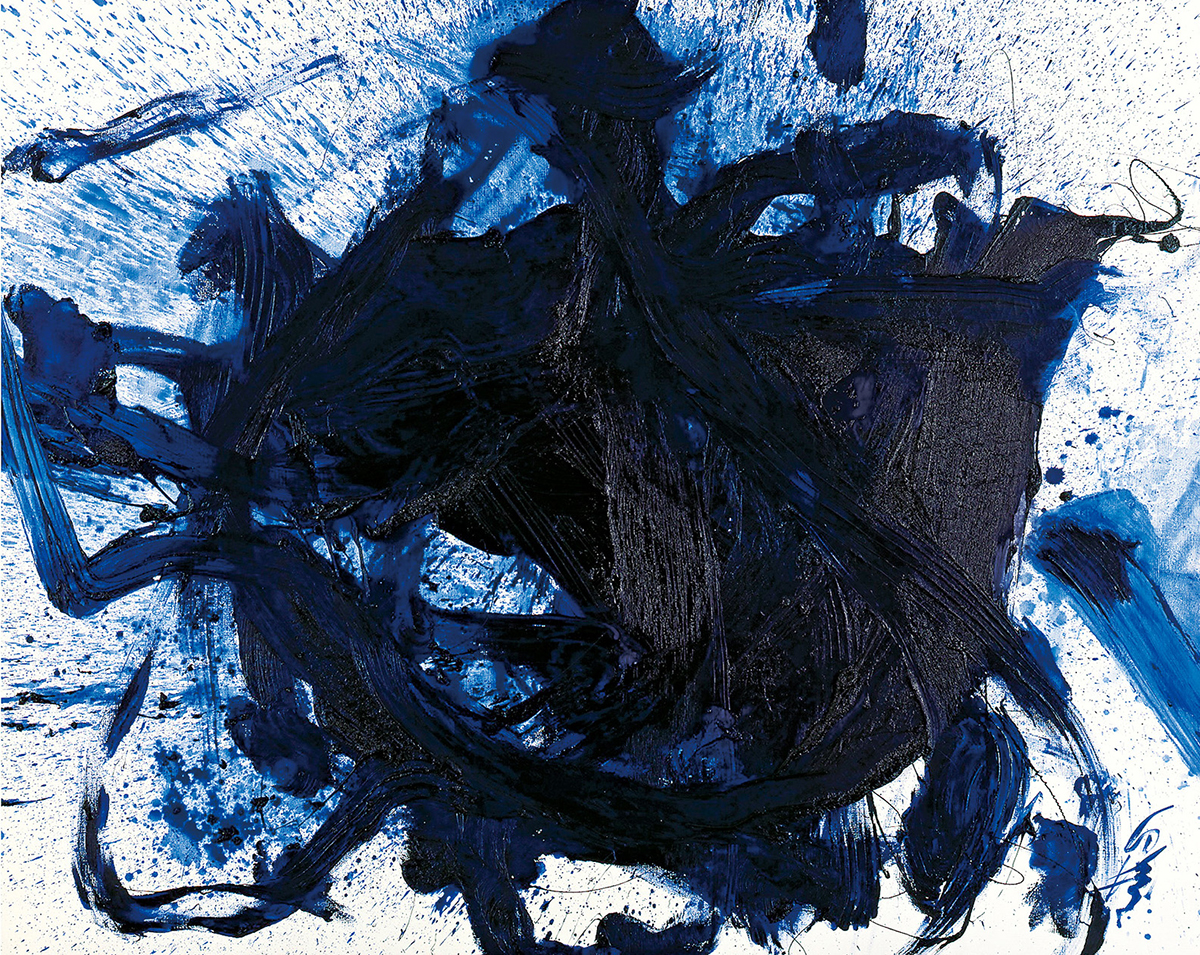
1985
oil on canvas
Board of Education, Amagasaki City (Amagasaki High School)



